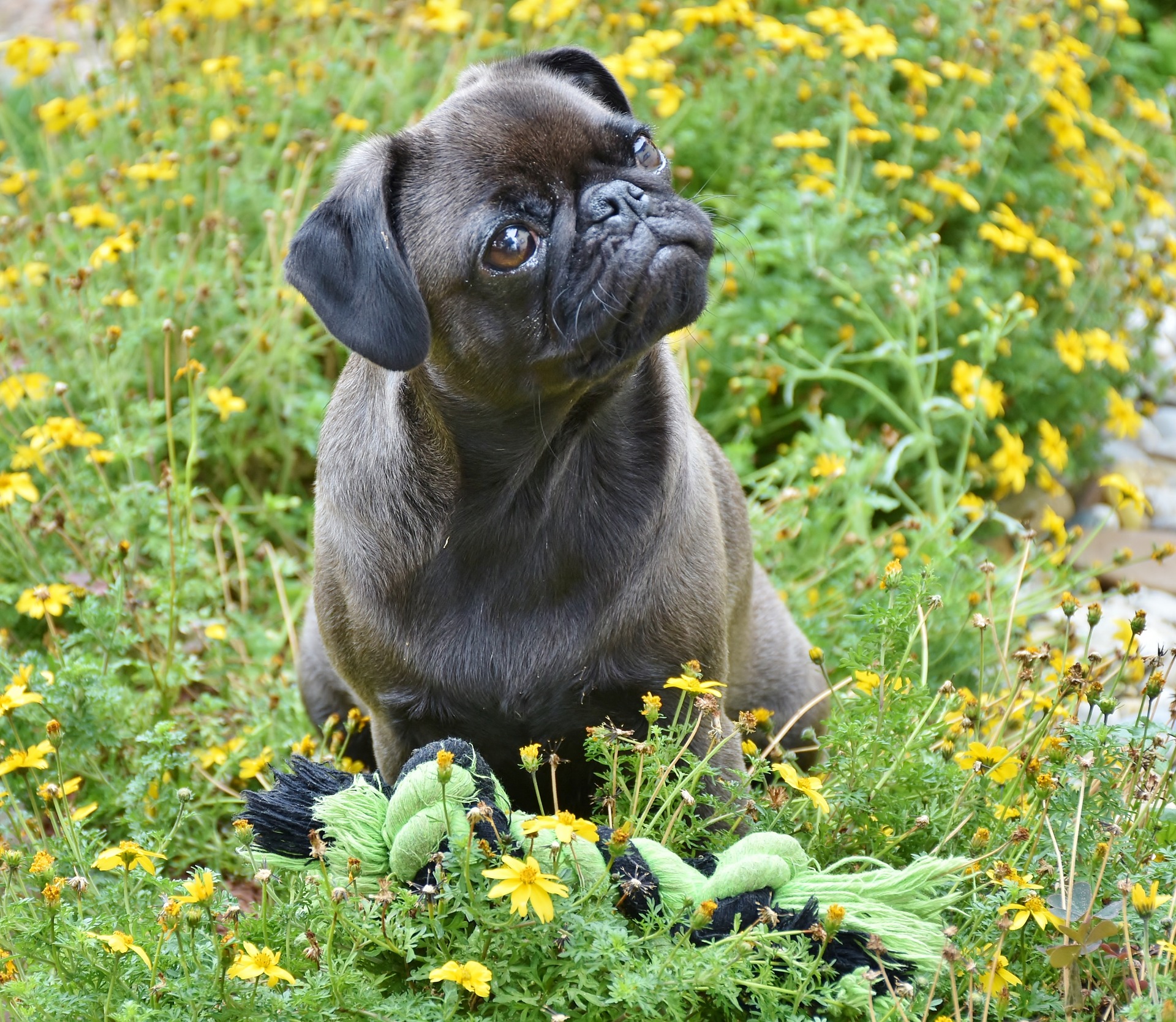It’s a wonderful thing when your dog listens to you and responds to a command. While a “sit” may seem simple, you know that a lot of work went into teaching Spot that trick. There’s also a lot going on behind-the-scenes in your pup’s mind before their rear hits the ground. What are they thinking when they choose to listen–or to ignore you? The way we train our dogs impacts their decision making and motivations. Let’s take a look into the thoughts that may be at play in your pup’s mind when you are working on your dog obedience.
Nearly everything Spot does is a voluntary action–he makes the choice to listen when you say sit, or to come when you say his name, or dig a hole in the yard. Though this may seem obvious, it’s fundamental to understanding what makes our dogs listen to us. For every action your dog makes, there is some circumstance that triggers the action; the behavior itself; and then some sort of consequence. The consequence may be a reward or a punishment, depending on the situation. For example, if the lid to their food container is left open, they will choose to eat it; the consequence is that they just had the best, biggest meal ever–and will now be on the lookout for the next time this happens! However, if they see a rabbit in a corner of the backyard and choose to chase it, but then step on a bunch of briars, the consequence is that they have a foot full of thorns. It’s unlikely they will willingly venture into that corner of the yard again.
This concept is the foundation of reinforcement training. Each time you reinforce a desired behavior with yummy treats, you increase the likelihood that Spot will continue to perform the action you want.
Spot is not responding to the word itself–after all, a word is just a word. Also, contrary to popular belief, Spot is not responding to the tone of voice you use. He is responding to the promise of what the command will bring…aka lots of treats and praise! How do we know this? Well, consider what happens if you stop rewarding your pup.
For example, imagine your dog has gotten good about walking with a slack leash with the help of the “heel” command and a treat reward. You’re feeling confident in the progress your dog has made–after all, you barely have the command out of your mouth and Spot has returned to the proper position! So instead of consistently rewarding him with a treat, you give him a quick pat on the head and continue walking. While this may work a few times, you quickly realize that Spot is starting to ignore you and pull at the leash, even when you say “heel” or stop walking altogether. You may be inclined to raise your voice or make it more assertive, but that will only bring you more off course. Your dog definitely hears your tone of voice and understands the word, but now that the reinforcement has diminished there is less incentive to respond.
It’s most effective to remain calm and consistent in your methods. You’ll find great success with reinforcement during your training journey with your pup–especially when you understand what makes them tick.
Gulf Coast K9 Dog Training offers dog obedience courses, puppy training, play care and more to area dog owners. Browse our website today for all the ways we can help you to have a well-trained and happy dog.





